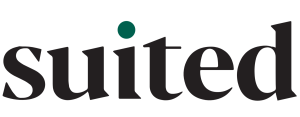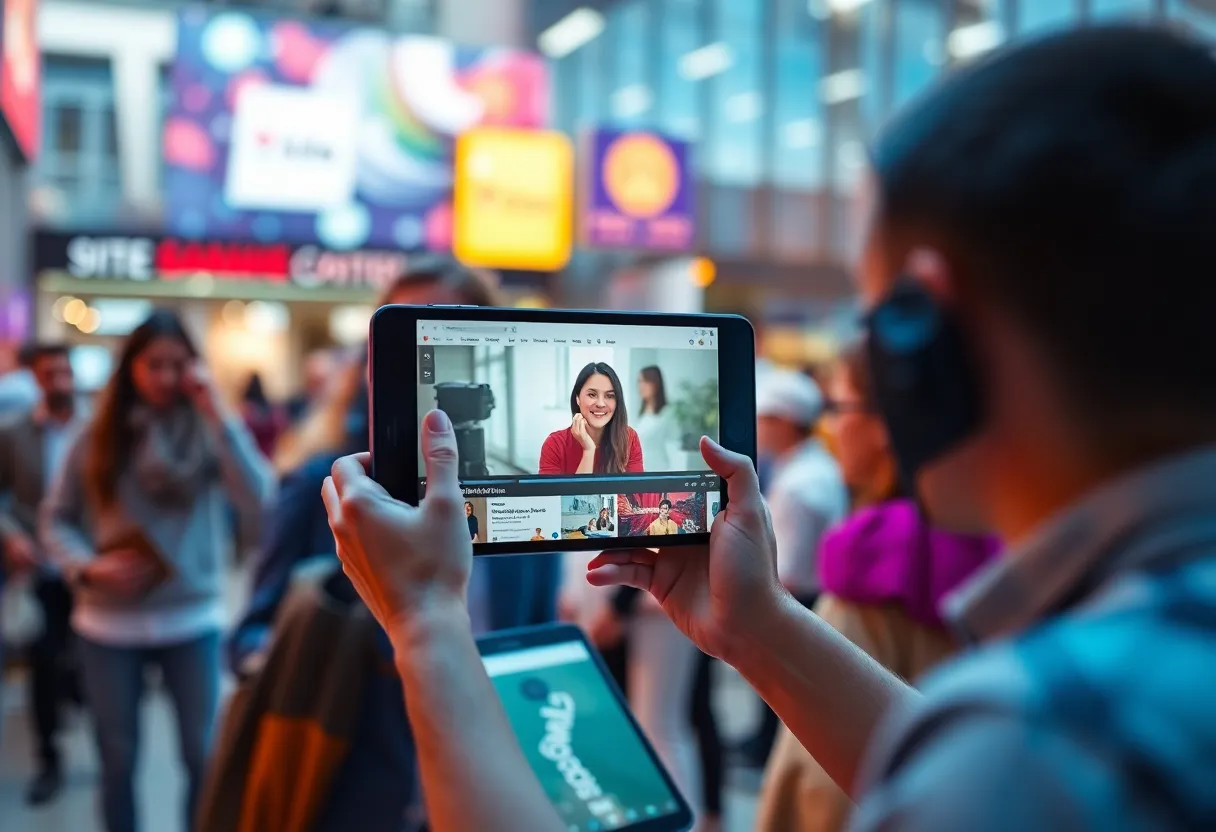News Summary
As the economy faces challenges ahead, U.S. advertisers brace for potential tariff reinstatements and budget cuts in 2025. With rising concerns about the impact on ad spending, many companies are adjusting their digital marketing strategies in response to macroeconomic uncertainty. A significant percentage of advertisers anticipate budget reductions as they navigate this complex landscape.
U.S. Advertisers on the Edge: Preparing for Tariff Challenges and Budget Cuts in 2025
It’s no secret that the economy is facing some bumps in the road, and U.S. advertisers are getting ready for what could be a challenging 2025. With tariffs that are currently frozen for 75 countries, many businesses are feeling the heat as they navigate a landscape where the president suggests these tariffs may return. The implications of these policies can feel overwhelming, especially as advertisers try to make sense of their budgets and strategies moving forward.
The Economic Ripples from Tariffs
When tariffs were initially imposed by the president, they led to a shocking $2 trillion loss in the stock market virtually overnight. Though right now, many tariffs are on hold, uncertainty looms large over the advertising industry. Those in marketing know all too well that during economic downturns, budget cuts often fall first on advertising—it’s like the first domino in a long line of falling promises and projections.
Revised Predictions and Growing Concerns
As a result, several major advertising companies have had to downgrade their annual spending projections. Confidence among consumers is wavering, and the purchasing cycles are stretching longer due to this economic uncertainty. According to the data from industry experts at Magna, U.S. digital ad revenue—spanning heavyweights like Google, Meta, and Amazon—rose to an impressive $271 billion last year, but projected growth for 2025 is now looking less optimistic. Originally estimated at 9.9%, this growth is now expected to settle around 9.1%.
Ad Spending Woes
Even the growth for social media ad spending is experiencing a slowdown, falling from a forecast of 11.5% down to 10.7%. A recent survey conducted by the Interactive Advertising Bureau (IAB) found that a staggering 94% of U.S. advertisers are expressing deep concern about the potential impact of tariffs on their advertising budgets for 2025.
What’s even more revealing is that 60% of these advertisers anticipate budget cuts ranging from 6% to 10%, while nearly a quarter even expect cuts of up to 20%. This shows that many know they’ll need to tighten their belts to weather the coming storm.
Real-time Adjustments in Advertising Plans
With the winds of change continuing to swirl, around 70% of advertisers surveyed by William Blair earlier this April reported making revisions to their digital ad plans, all due to macroeconomic volatility. In fact, many advertisers have already cut back by an average of 7% on their digital ad spending in just the first quarter of 2025.
Potential Impacts of Tariffs
Analysts at eMarketer warn that tariffs could potentially slice as much as $10 billion from U.S. social ad spending in 2025. This could drastically change the landscape for digital advertising, with initial projections for social advertising spending—which was expected to reach $103 billion—plummeting to as low as $93 billion in the event of heavy tariffs leading to a global recession.
Challenges Ahead for Advertisers
Companies like Google, Meta, and Amazon are generally seen as more resilient during economic downturns due to their performance advertising capabilities. However, Meta’s reliance on income from advertisers in China can leave it vulnerable if those budgets begin to shrink. Additionally, TikTok is facing hesitance from advertisers amid ongoing U.S. regulatory uncertainties, causing caution that may linger longer than anyone hopes.
As we look at this situation critically, tier two social platforms such as Pinterest, Reddit, Snapchat, and possibly X are poised to struggle even more during a downturn. Consumer Packaged Goods (CPG) advertisers, in response to tariff pressures, are prioritizing flexibility and focusing on incrementality, leading to shifts in their media purchasing strategies.
Final Thoughts
As we all know, the advertising world is never static. With 41% of U.S. advertisers noting they plan to cut social media spending, followed by 24% looking to trim their budgets for linear TV and gaming, it paints a picture of an industry bracing for change amid uncertainties. Advertisers will need to stay sharp and adaptable if they hope to navigate the challenges that lie ahead in 2025.
Deeper Dive: News & Info About This Topic
HERE Resources
Duolingo’s ‘Dead Duo’ Campaign is an Unprecedented Success
Huge Welcomes Hero Digital: A Transformational Merger
Ben & Jerry’s Stakes Its Claim in Activist Marketing Amid Corporate Tensions
LinkedIn Emerges as a Leading Platform for Business Marketing and Engagement in 2025
Nursing Homes Turn to ‘Edutainment’ to Spice Up Marketing Strategies During Super Bowl
Madrid: The Heartbeat of Global Influencer Marketing
Digital Silk Expands Digital Marketing Solutions for NYC Businesses
Trust in Generative AI on the Rise as Usage Grows Among Americans
The 2025 Social Media Landscape: Embracing Authenticity and Engagement
The Rise of AI Twins in the Fashion Industry: Exciting Innovation or Cause for Concern?
Additional Resources
Author: STAFF HERE NOVI WRITER
The NOVI STAFF WRITER represents the experienced team at HERENovi.com, your go-to source for actionable local news and information in Novi, Oakland County, and beyond. Specializing in "news you can use," we cover essential topics like product reviews for personal and business needs, local business directories, politics, real estate trends, neighborhood insights, and state news affecting the area—with deep expertise drawn from years of dedicated reporting and strong community input, including local press releases and business updates. We deliver top reporting on high-value events such as Motor City Comic Con, Michigan State Fair, and Novi Home and Garden Show. Our coverage extends to key organizations like the Novi Chamber of Commerce and Novi Community Foundation, plus leading businesses in automotive, technology, and manufacturing that power the local economy such as Gentherm, Stoneridge, and Daifuku North America. As part of the broader HERE network, including HEREDetroitMI.com, HEREGrandRapids.com, HERENorthville.com, and HEREPlymouth.com, we provide comprehensive, credible insights into Michigan's dynamic landscape.






